Color and Culture: Exploring Global Interpretations of Color
Imagine walking into a room and seeing walls painted in bold red, soft green, or vibrant yellow. You might feel welcomed, energized, or even uneasy. Did you know these feelings might be tied to your culture? How we interpret colors says a lot about our cultural backgrounds. This makes color a universal language with unique dialects around the world.
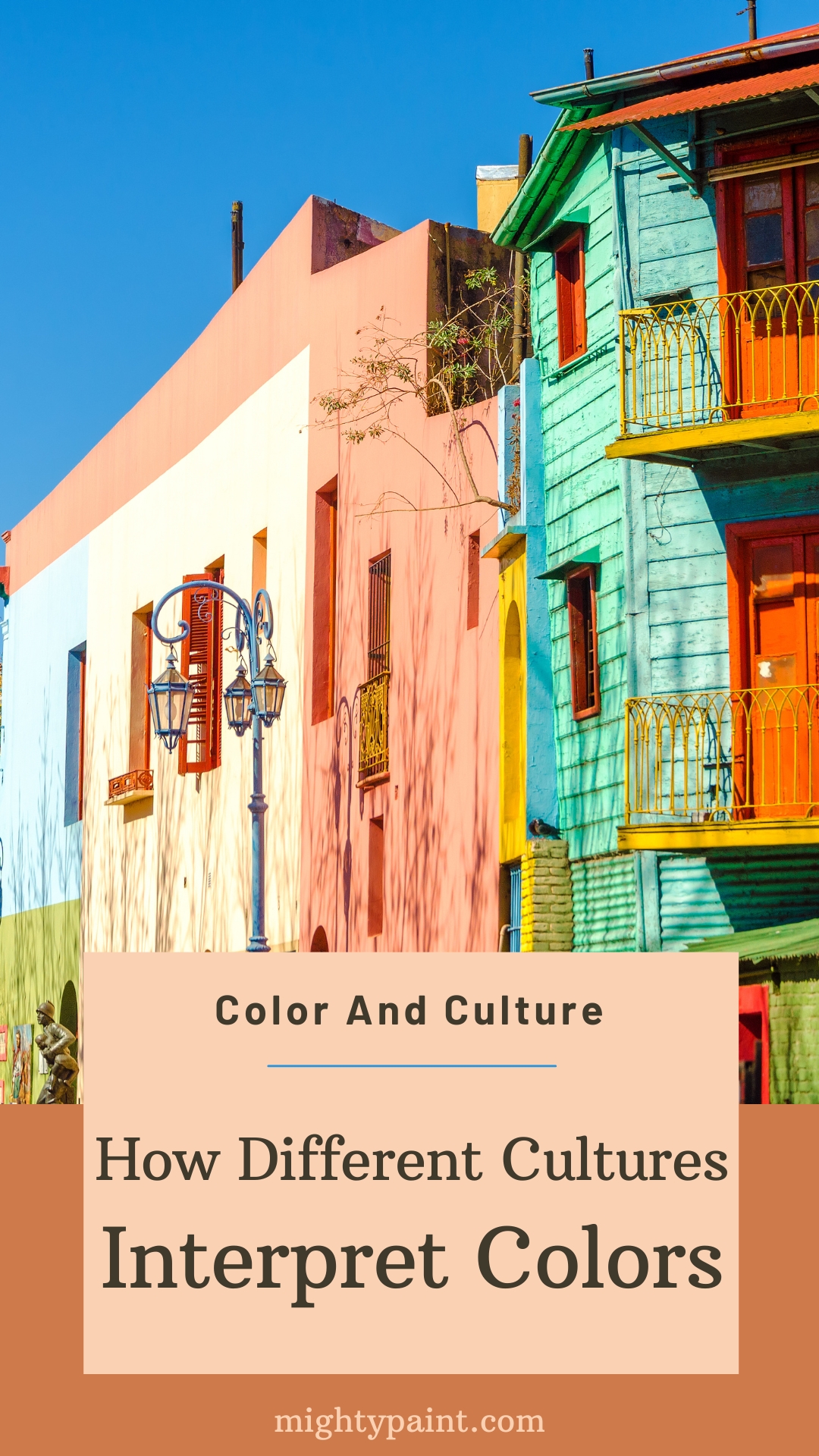
For instance, in many Western cultures, black is seen as the color of mourning, while in some Eastern countries, white takes on this role. Green could mean prosperity in one culture but connect to sickness in another. Think about how blue is a favorite worldwide but means something different in each place you visit!
Get the Fail-Safe Paint Color Playbook (Free PDF)
36 proven colors • 8 ready palettes • trim & sheen guide • printable testing cards.
What do colors mean in your world, and how have these meanings shaped your everyday life? Dive deeper into how color symbolism works and why cultural significance plays such a big part. You might discover that the way you decorate your home or choose your clothes says more about your heritage than you think!
The Psychology of Colors
Colors can make you feel a bunch of emotions. They can change how you act and even what you think. Some colors bring calmness, while others can make you feel excited or even upset.
Emotional Responses to Color
Did you know that colors can impact how you feel? Blue is often linked to calmness and tranquility. It’s not just a color for the ocean or sky; it’s a natural stress-reliever. Ever felt happy when seeing yellow? That’s not surprising. Yellow is the color of happiness and energy, boosting motivation.
But not all colors make us feel good. Dark colors like gray can evoke sadness or even depression. It’s amazing how a simple shade change can shift your mood! Red is powerful and can make you feel excited or even aggressive. So, next time you’re feeling a vibe, look around and ask yourself: Is color the culprit?
Color Preferences Across Age and Gender
Did you ever wonder if your favorite color is shared by others your age or gender? Young kids often love bright and bold colors like reds and oranges. As people age, they might lean towards more soothing colors.
Women and men can have different color preferences. Studies suggest that women might prefer purple more than men do. Men, on the other hand, tend to go for blues. Marketing experts often use these insights to tailor products to suit these preferences.
It’s a mix of psychology and society that shapes these choices. Who knew picking a color could tell so much about you?
Colors in Cultural Context
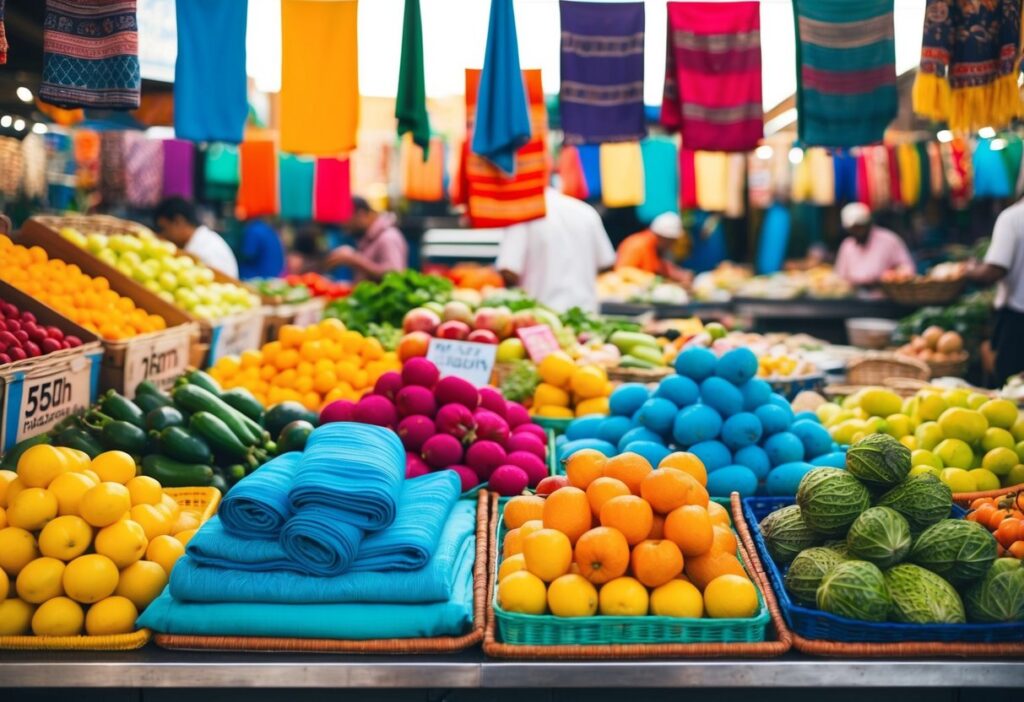
Colors carry deep meanings and vary widely across different cultures. These meanings can shape traditions, beliefs, and even national identity. Below, we’ll explore their roles in spirituality, flags, and cultural traditions.
Religious and Spiritual Significance
Colors often hold religious and spiritual significance in various cultures. In Hinduism, saffron represents purity and spirituality, commonly worn by holy figures. Green in Islam symbolizes paradise and is often seen in mosques and religious texts. White is tied to purity and mourning in many Eastern cultures, while in Christianity, it signifies peace and celebration during Christmas.
Interestingly, the color red is seen as lucky and is prominent in Chinese New Year celebrations. Yet, it also symbolizes martyrdom in Western religious contexts. Each culture assigns unique meanings to colors, which are deeply woven into their spiritual fabric.
Use of Colors in National Flags and Symbols
Colors on national flags often denote the values or history of a country. The color red is widely used for representing bravery and strength in flags like the United States and China. Blue often symbolizes freedom and peace, as seen in the United Nations flag. Meanwhile, white can indicate peace and purity, appearing on flags like Japan and Switzerland.
Get the Fail-Safe Paint Color Playbook (Free PDF)
36 proven colors • 8 ready palettes • trim & sheen guide • printable testing cards.
In African nations, the color green is often associated with agriculture and prosperity, while black can symbolize the people’s enduring strength. Flags use colors to convey a nation’s identity, binding people through these symbols as they evoke pride and unity.
Traditional Color Associations in Various Cultures
Cultures worldwide have traditional color associations influencing day-to-day life. In Western cultures, black is typically linked with mourning and death, while in some Asian cultures, it’s white that holds this connotation. In India, yellow symbolizes knowledge and learning, linked to festivals like Vasant Panchami.
Purple, seen rarely, is tied to royalty and nobility, evident in European cultures where it was historically exclusive to monarchs. Meanwhile, green is both a representation of new life and a sign of illness in Western contexts. These color associations can guide social interactions and choices, reflecting the rich tapestry of global cultures.
Universal Meanings of Colors
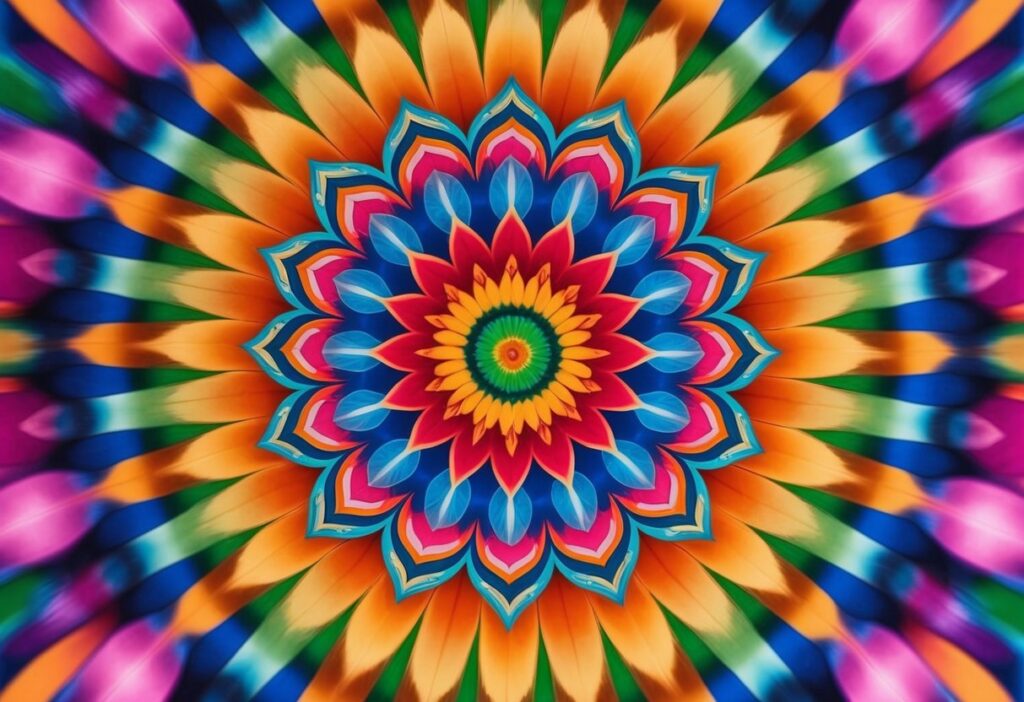
Colors often carry universal meanings that transcend cultural boundaries. While interpretations can vary, primary colors like red, blue, and yellow tend to evoke similar feelings globally. Secondary and tertiary colors such as green, orange, and purple fill out the spectrum with distinct yet widely understood signals.
The Significance of Primary Colors
Red, blue, and yellow represent the building blocks of all colors. Red is often linked to emotions like love, excitement, and danger. Ever wonder why hearts are red on Valentine’s Day? It’s no coincidence.
Blue generally symbolizes calm and trust. That’s why you see blue used in bank logos and social platforms—it’s comforting and reliable. Feel blue? The phrase comes from blue’s association with sadness.
Yellow is bright and often associated with happiness, energy, and warmth, much like the sun. It catches your eye quickly, which is why caution signs often use yellow.
Unpacking the Spectrum: Secondary and Tertiary Colors
Mixing primary colors creates green, orange, and purple. Green often represents nature and growth, but did you know it’s also linked to envy? That’s why we say “green with envy.”
Orange blends the warmth and energy of red with the cheerfulness of yellow. It’s playful and enthusiastic, perfect for catching attention without being aggressive.
Purple combines the calm stability of blue and the fierce energy of red. It’s often seen as regal and mysterious. Historically, purple dyes were rare, making it a symbol of luxury and power.
Get the Fail-Safe Paint Color Playbook (Free PDF)
36 proven colors • 8 ready palettes • trim & sheen guide • printable testing cards.
Colors like black and white serve as contrasts. Black often signals elegance or mystery, while white is associated with purity and simplicity. The rainbow itself is a symbol of diversity and hope, bringing all these hues together beautifully.
Color Symbolism Around the World
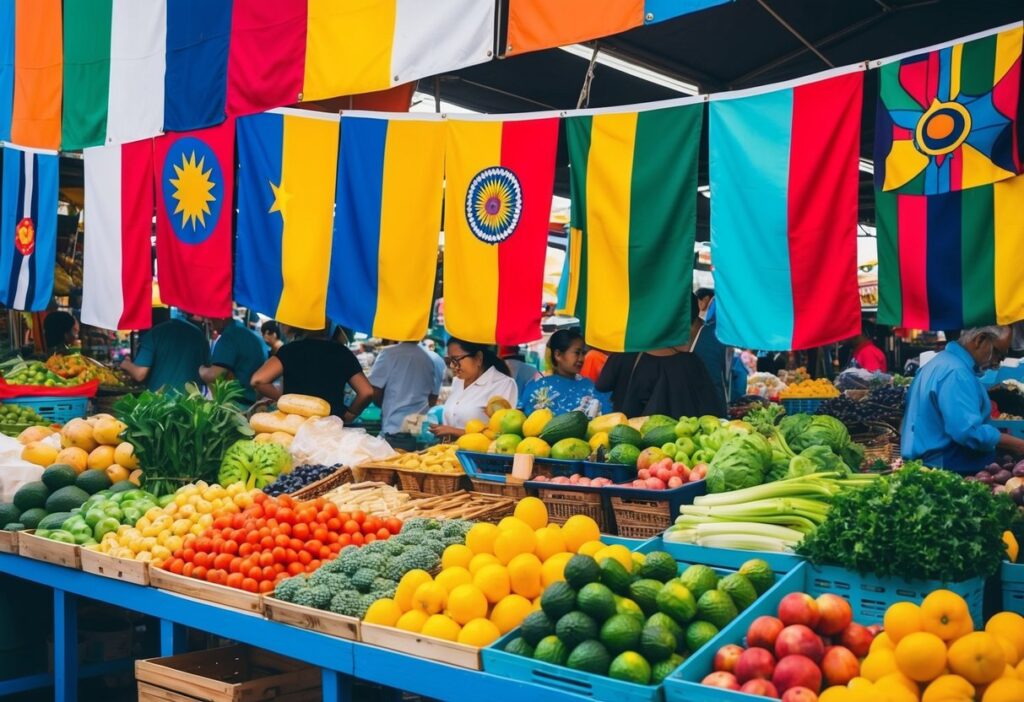
Colors can act as bridges or divides, linked deeply to cultural beliefs and traditions. In different corners of the world, colors hold varied significance, from representing prosperity to signaling caution.
East vs. West: Divergent Meanings
In both Eastern and Western cultures, colors serve as symbols with contrasting meanings. Red is a prime example. In China, it’s a color of luck and celebration, often used in weddings and festivals.
Yet in the Western world, it often signals danger or passion. White is another color with different meanings. In Western countries, white is associated with purity and weddings. However, in some Asian cultures, it represents mourning and funerals.
Color and Its Role in Global Brands
Multinational companies know how crucial colors are. They choose wisely to appeal across cultures. The color blue is popular and considered trustworthy and dependable in many regions, which is why companies like Facebook and Twitter use it in their branding.
Yellow, on the other hand, evokes feelings of warmth and optimism but can be seen as cautionary in places like the Middle East. For companies operating in multiple countries, knowing these nuances is key.
Regional Color Symbolisms and Interpretations
In India, yellow is associated with knowledge and learning. Festivals like Vasant Panchami feature this color prominently. Meanwhile, the Irish and Dutch have their own takes. In Ireland, a vivid green is associated with St. Patrick’s Day and national pride, while in the Netherlands, orange reflects the Dutch royal family.
Among the Cherokee, colors can be linked to direction and spirituality, while in Papua New Guinea, colors in body paint and masks signify tribal identity and status. Understanding these unique interpretations of color can reveal a lot about a region’s history and cultural priorities.
Get the Fail-Safe Paint Color Playbook (Free PDF)
36 proven colors • 8 ready palettes • trim & sheen guide • printable testing cards.
Colors in Design and Art
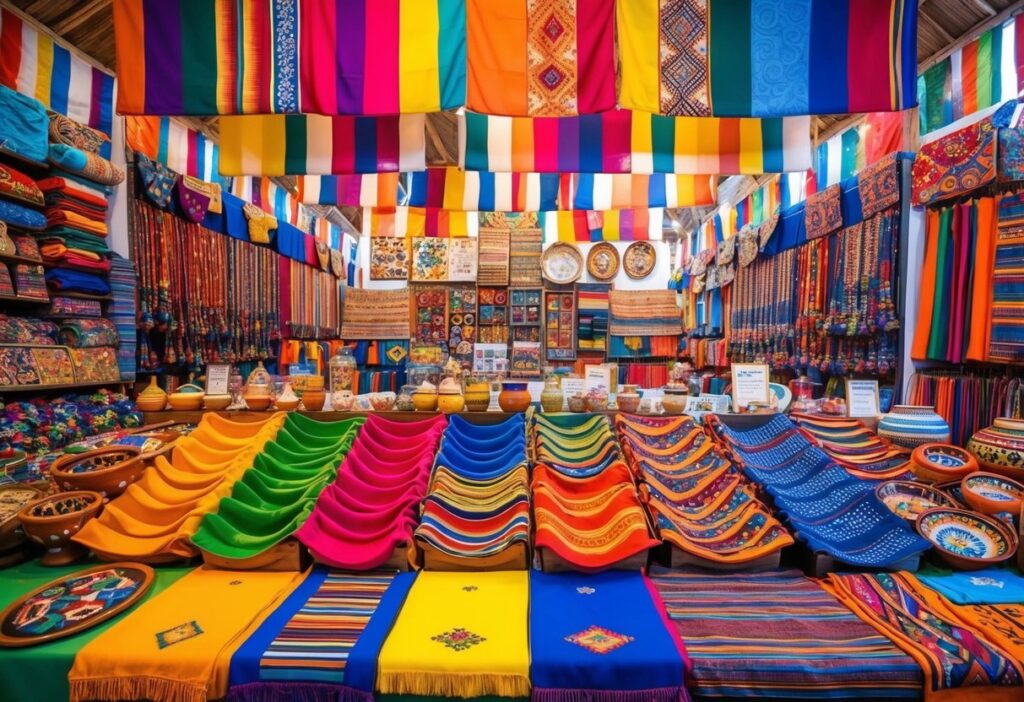
Colors play a significant role in shaping our daily experiences. Designers and artists use a variety of colors to evoke certain emotions, influence behaviors, and communicate messages. Let’s explore how color affects design and art in different contexts.
Influencing Mood and Behavior with Color
Did you know that colors can actually change how you feel? For example, blue can have a calming effect, making it often used in clinics to reduce anxiety. On the other hand, red can increase your energy, sometimes making it perfect for gyms.
Marketers love to use colors to steer your feelings. Fast-food chains often choose reds and yellows. Why? Because they can boost your appetite. So next time you’re craving something quick, pay attention to the colors around you. They’re not just random choices.
The Use of Color in Branding and Marketing
Colors also tell a brand’s story and can make you recognize a product in seconds. Imagine seeing a big yellow “M” against a red backdrop—you immediately think of McDonald’s. That’s the power of color in branding.
Ever notice how tech companies often use blue in their logos? Brands like IBM and Facebook chose blue because it symbolizes trust and reliability. It’s like colors have their own language, whispering messages about the brands you come across.
Colors in marketing can even influence how you perceive value. Premium brands like Rolex or Chanel often stick to black and gold, hinting at luxury and sophistication.
Historical Use of Colors in Art Movements
Art movements have used colors to make bold statements and set trends. Take Impressionism: artists like Monet chose soft pastels to capture light and nature in a more fluid way.
Then there’s the dark mood often found in Gothic art, with its use of deep reds and blacks. It expresses a world of mystery and depth.
In the 20th century, Pop Art emerged with vivid colors, thanks to artists like Andy Warhol. Bright and bold colors became a tool to challenge traditional art norms and reflect the booming consumer culture. They revolutionized how artistry could speak to you, using color as the main dialogue.
Get the Fail-Safe Paint Color Playbook (Free PDF)
36 proven colors • 8 ready palettes • trim & sheen guide • printable testing cards.
Nature’s Palette
Nature offers a diverse canvas of colors that change with the seasons and adapt within the animal and plant kingdoms. From vibrant autumn leaves to the camouflage patterns of fauna, colors in nature play a critical role in survival and beauty.
Colors in Natural Elements and Seasons
Have you noticed how the earth’s colors shift with each season? In autumn, leaves transform into brilliant reds, oranges, and yellows due to the breakdown of chlorophyll, revealing other pigments.
Spring arrives with a burst of life. Flowers bloom in bright hues like pink, purple, and yellow. These colors attract pollinators such as bees and butterflies. Each season offers its unique palette, influenced by sunlight, temperature, and the life cycles of plants.
Color Adaptations in Flora and Fauna
Animals and plants use color adaptation to survive. Some creatures, like chameleons, change color to match their surroundings, which helps with camouflage. This makes them less visible to predators.
Flowers have evolved vibrant petal colors to draw in pollinators. For instance, bees are attracted to blue and ultraviolet patterns, which are often invisible to the human eye. Such adaptations are vital for reproduction and protection.
Understanding these natural color applications provides insight into the intricate beauty and functionality of our world.
Scientific Fundamentals of Color
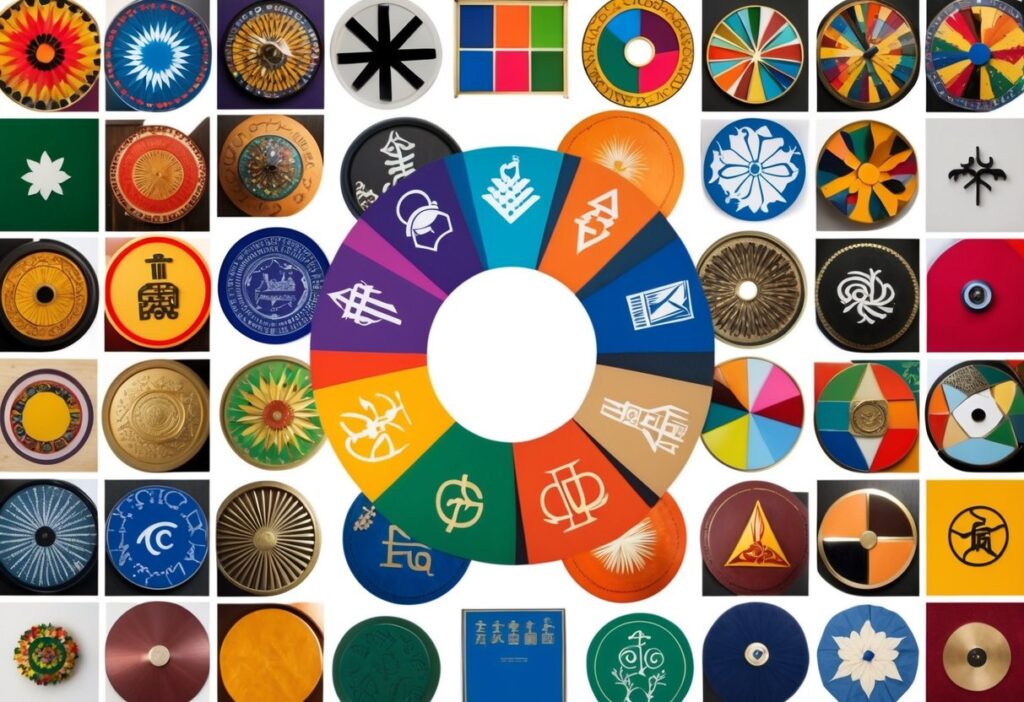
The science of color is both fascinating and intricate. At its core, it deals with light and how our eyes perceive different wavelengths. You might be surprised to learn how much goes into something as simple as seeing a rainbow.
The Visible Spectrum and Light
Light is made up of photons, which are tiny particles that travel in waves from the sun. These waves form what’s called the visible spectrum, which is the range of light wavelengths that you can see. Sir Isaac Newton was a genius who figured out that white light from the sun contains all colors in the rainbow. When you shine this light through a prism, it splits into various colors, each with its unique wavelength. For example, red light has a longer wavelength, while blue light has a shorter one. This spectrum is like a colorful ladder of shades that make our world vibrant.
Understanding Hue, Saturation, and Brightness
When it comes to color, three important terms pop up: hue, saturation, and brightness. Hue is just a fancy word for what you typically call “color”—like red or blue. Saturation measures how pure or intense the color is. More saturation means more vivid colors, while less means everything looks a bit gray. Brightness, on the other hand, is all about lightness or darkness. It’s like dimming or brightening a room. Play around with these three factors, and you can change how any color looks or feels.
Colors and Their Social Meanings
Do you ever wonder why people choose certain colors for what they wear or for big life events? Colors aren’t just pretty to look at; they have meanings deeply tied to culture and tradition. From the clothes we wear to the celebrations we hold, colors carry powerful social meanings.
Color Usage in Fashion and Attire
In fashion, colors can reveal a lot about you before you even say a word. In North America and Europe, red often shows passion and excitement. It’s the reason people wear it when they want to stand out. Green might be more complex; it’s linked to nature and life but can also mean sickness.
In many parts of Asia, white is often chosen for mourning, unlike the West, where it’s commonly seen at weddings. Can you imagine wearing black to a wedding instead? In India, yellow holds deep roots in knowledge and learning, often worn during special festivals like Vasant Panchami.
Now, here’s something for you to think about: What’s your go-to color and why?
Significance of Colors in Life’s Milestones
Colors play a huge role in marking life’s major moments. In weddings, purple can symbolize royalty and luxury, giving that extra touch of elegance to the ceremony. Meanwhile, blue is often linked with calm and trust, making it a popular choice for baby showers in Western cultures.
When it comes to mourning, many African cultures choose black for both grief and celebration of life. Isn’t it fascinating how one color can capture such different emotions? In Mexico, during Dia de los Muertos, bright colors like orange and pink honor the dead with joy, not sorrow.
Keep these vibrant hues in mind the next time you’re planning an event or simply picking an outfit!
Color Terminology and Linguistics
Understanding how languages describe colors opens a window into diverse cultural perceptions. Color terms, as used by different communities, reveal unique connections between language and culture.
Get the Fail-Safe Paint Color Playbook (Free PDF)
36 proven colors • 8 ready palettes • trim & sheen guide • printable testing cards.
How Language Shapes Our Perception of Color
Have you ever wondered why an English speaker might see a single color while someone else divides it into two distinct hues? That’s because language influences how we perceive colors.
For instance, the basic color terms in English include red, blue, and green, but some languages categorize colors differently, sometimes grouping blue and green as one.
In Japan, the word aoi can refer to both blue and green. This categorization suggests that language plays a role in how groups label and perceive colors. Such differences reveal the impact of language on cognition, showing that what we call a color can affect how we see it.
Linguistics provides a framework for understanding these distinctions. Studies on color categories highlight these differences, showing how diverse languages create unique color experiences.
When cultures use different descriptors and classifications, it invites you to consider new ways of seeing the world through a colorful lens of linguistic diversity.
